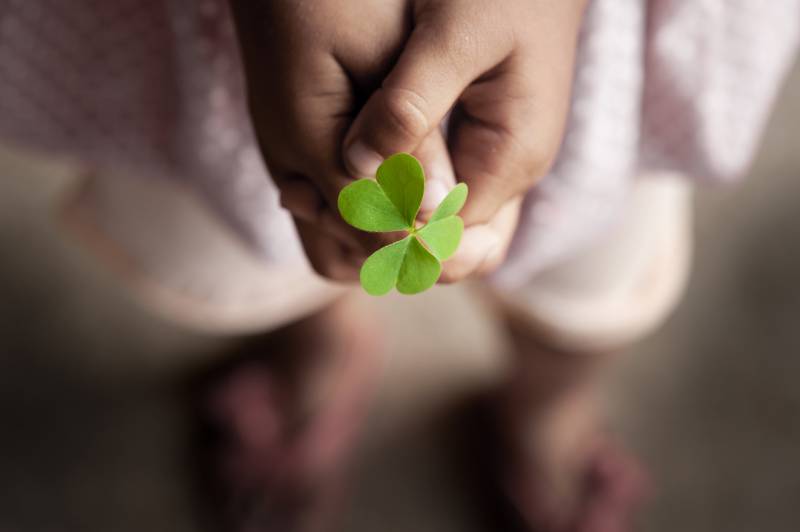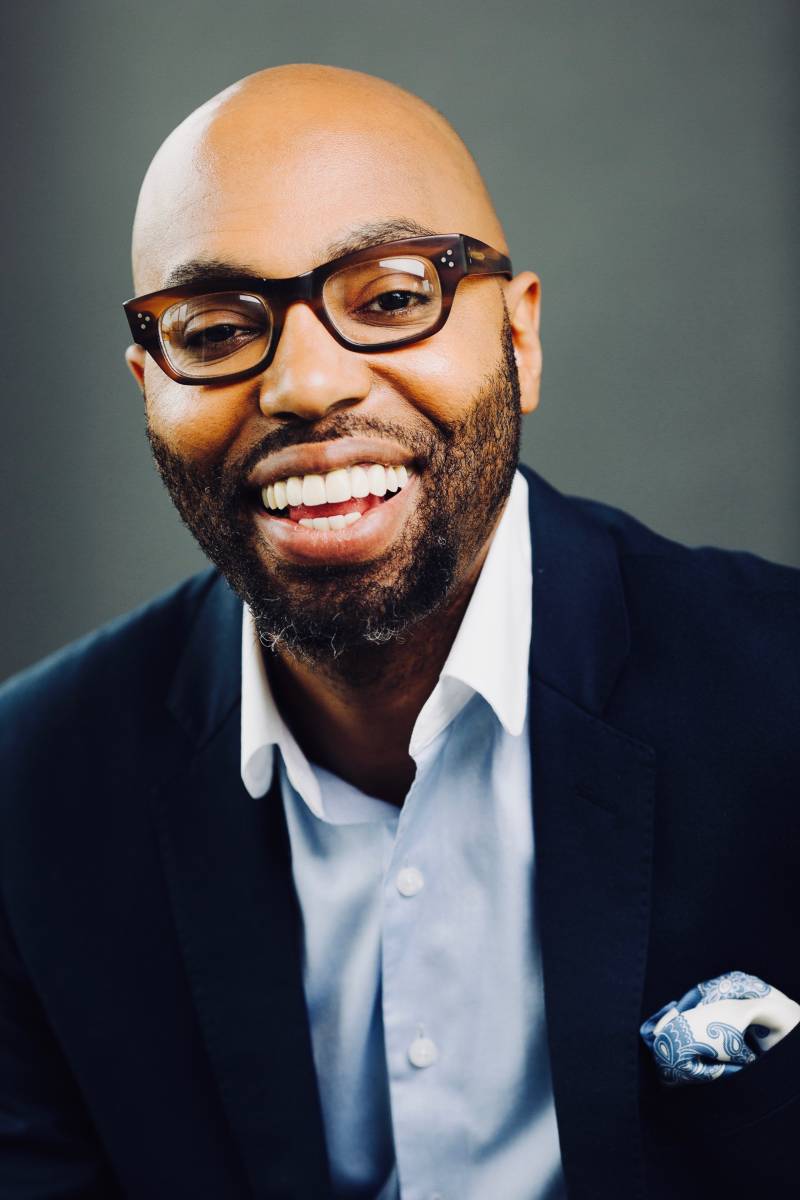Excerpted from Ratchetdemic: Reimagining Academic Success by Christopher Emdin (Beacon Press, 2021). Reprinted with permission from Beacon Press.
By Christopher Emdin
Choosing to be ratchetdemic is choosing to challenge respectability and what those who have power cherish the most—their power and the security it affords them. Being ratchetdemic is choosing to no longer be agreeable with your discomfort or the oppression of children through pedagogies that rob them of their genius, even in its most raw and unpolished forms. Most importantly, it is the restoration of the rights of the body to those who have been positioned as undeserving of them. By “the rights of the body,” I refer to seven rights articulated within Buddhist tradition. These are identified most clearly in the book Eastern Body, Western Mind, which, although not directly related to education, can serve as a guide for teaching and learning. The seven rights of the body identify what has been denied to students when they are robbed of the opportunity to be ratchetdemic. These rights—to be here, to feel, to act, to love, to speak, to see, and to know—are at the essence of teaching and learning. Educators who anchor their teaching in the restoration of these rights to young people use their pedagogy as protest against the ways that emotional and psychological violence against young people has been normalized in schools.
The right to be here is the first and most fundamental right of the body. In education, it must be modified to the right to be here as you are. For that right to be granted, young people must feel as though their presence in the classroom, in whatever way they choose to express it, is always welcome. Ratchetdemic teaching begins by recognizing that students—especially Black students, who typically feel unwelcome in schools—have the right to be there. Their comfort and agency are compromised by the norms of the institution. Consequently, they feel as though school is not for them. this denial of the right to be here affects not just their comfort in the physical classroom but their ability to learn. The restoration of this right is a fundamental component of working with young people to become Ratchetdemic. It is accomplished in the classroom by explicitly stating when students walk into the school and/or the classroom for the first time that the entire enterprise of schooling is about them. Students must be told they have a right to be there, and they must be reminded that school is not about anything other than ensuring that they are whole and learning. This is where statements like, “This is your school,” “This is your classroom,” and “I work for you” become essential until it is understood by students that because of divine rights they have been born with, wherever their feet tread is a space they have a right to take up and are welcome.
The second right—the right to feel—is about ensuring that students have the space to express their emotions and the vocabulary to name what they are feeling. Human beings are born with the right to feel. It is an essential right to return to young people because in schools students are only afforded a very limited range of emotions. In the eyes of teachers, Black youth (in particular) can be only angry or agreeable. A number of actions that are indictors of a bevy of emotions are attributed to anger and addressed as though they are rooted in negative intentions. If Black or Brown students are curious or unclear with instructions, they are perceived as angry and questioning authority. If they are frustrated, sad, or pensive, they are perceived as angry. In fact, for too many students anything other than blind complicity is read as anger and confronted with the wrath of the institution and its operatives. The work of the educator then becomes working with young people to name their emotions—sharing the language that helps them to identify what and how they are feeling— while creating the space for these emotions to be felt and expressed without demonizing young people. This right also involves creating classroom spaces where young people can share their emotions about what is going on in the world without judgment and have a teacher who can model how to work through these emotions.



